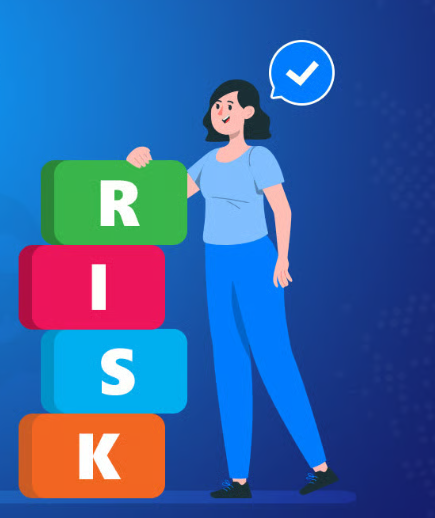Building a Cybersecurity Risk Management Framework: Core Elements for Success
- 185 Views
- admin
- 06/08/2025
- Cybersecurity
Launching a cybersecurity risk management program from scratch can be overwhelming, especially for small teams with limited resources. Security professionals often struggle to determine where to begin, what actions are immediately necessary, and which efforts can evolve over time. The key to long-term success lies in establishing a structured framework—one that prioritizes risk and aligns with regulatory expectations while adapting to the organization’s maturity level.
A cybersecurity framework offers the roadmap to manage threats, implement controls, and continuously improve defenses. While many frameworks—such as NIST CSF, HIPAA, or PCI DSS—were once voluntary, regulatory bodies are increasingly requiring adherence to these standards, signaling a shift toward more rigorous and proactive cyber risk management.
Laying the Foundation: Key Components to Consider
1. Begin with Risk Assessments
Risk assessments are the cornerstone of any framework. They help organizations identify potential threats, understand vulnerabilities, and evaluate the possible impact of various cyber incidents. By assessing risk systematically, security teams can prioritize remediation efforts and allocate resources more efficiently.
Incorporating risk quantification into this process offers deeper insights. Quantitative models like FAIR can assign a financial value to each risk, making it easier for leadership to evaluate what’s at stake and how much to invest in mitigation. These assessments also inform compliance readiness, support incident planning, and lay the groundwork for business continuity strategies.
2. Implement and Maintain Security Controls
Security controls—technical, administrative, and physical—serve as the backbone of protection efforts. They prevent, detect, and respond to security threats. Regular evaluations ensure that these controls stay aligned with regulatory requirements and remain effective against evolving threats. Updating controls based on assessment findings helps maintain compliance and build a strong security foundation.
3. Prepare with a Structured Incident Response Plan
No matter how strong your defenses, breaches can still happen. An incident response plan outlines the steps needed to contain, eradicate, and recover from an attack. Clearly defined roles, rapid communication, and a rehearsed approach to containment are essential. Most frameworks require formalized response plans, as they demonstrate preparedness and a commitment to managing risk.
4. Promote Cybersecurity Awareness Across the Organization
Cybersecurity is not solely the responsibility of IT teams. Every employee plays a role in protecting sensitive information. Training programs help staff recognize threats such as phishing, apply best practices for data handling, and understand the significance of software updates. Consistent education strengthens the overall security culture and reduces the risk of human error.
5. Invest in Continuous Monitoring
A static security program cannot keep up with today’s rapidly changing threat landscape. Continuous monitoring provides real-time insight into system vulnerabilities, control effectiveness, and potential attack vectors. This allows organizations to detect and respond to threats quickly, ensuring that cybersecurity efforts remain dynamic and responsive.
Automated tools that support continuous control monitoring, like those enabled through AI-driven solutions, can streamline compliance processes and offer near real-time updates on control status. This makes it easier to identify remediation needs and adjust strategies accordingly.
6. Establish Executive Reporting Channels
Cybersecurity impacts every aspect of business operations. For that reason, regular reporting to senior leadership is essential. Security leaders should communicate progress, risk exposure, and investment needs using business-aligned language. Dashboards that track key metrics, ongoing initiatives, and financial impact help executives make informed decisions and understand the strategic importance of cybersecurity.
Putting It All Together: Framework Alignment and Maturity
Every major cybersecurity framework includes these key elements—risk assessment, controls, response planning, training, monitoring, and leadership reporting. While the specific details may vary, the principles remain consistent. A successful cyber risk program doesn’t just tick boxes for compliance—it creates a secure foundation that supports operational resilience and long-term business growth.
Whether your organization is just starting its cybersecurity journey or refining an established program, aligning with a recognized framework ensures consistency, improves governance, and enhances stakeholder confidence. A strong cyber risk management strategy is not just about meeting standards—it’s about protecting your reputation, operations, and future.
Recent Posts
- How AI is Revolutionizing Architectural Design: A Look at Tools, Trends, and the Future
- Streamlining Cyber Risk Assessments Through Automation
- Understanding the Difference Between Blockchain and Distributed Ledger Technology
- Is Bitcoin Mining Still a Viable Venture in 2025?
- Exploring AI: Unveiling Possibilities, Challenges, and Future Implications

